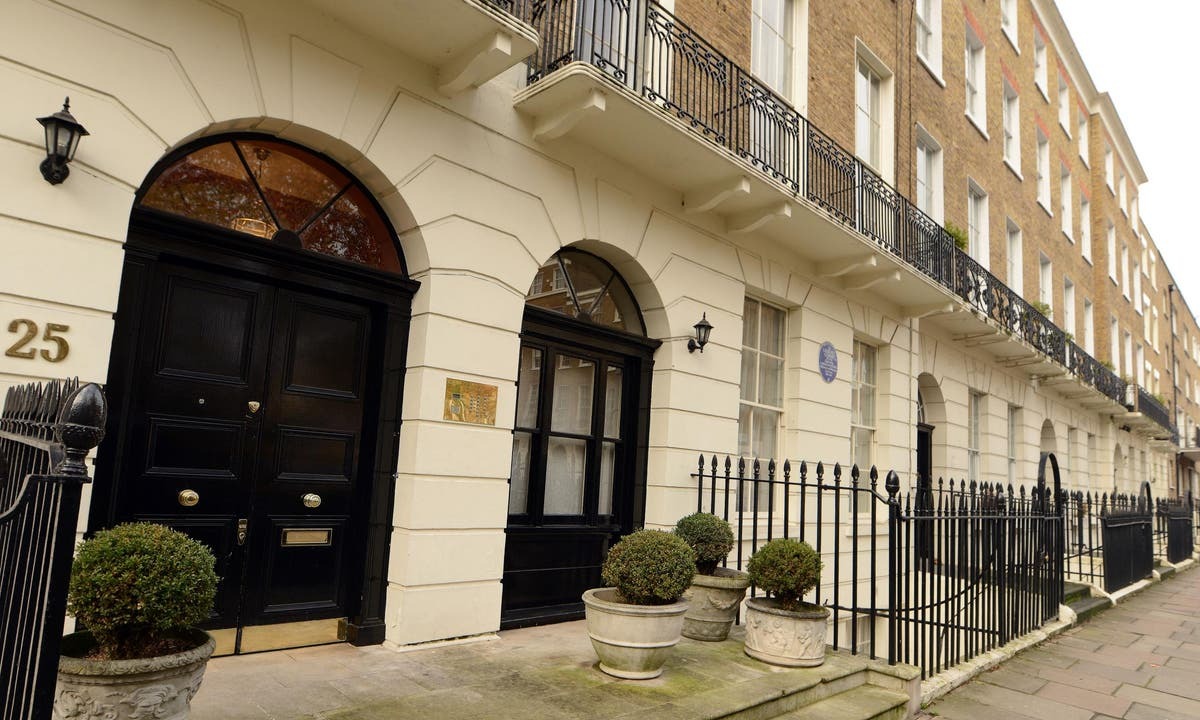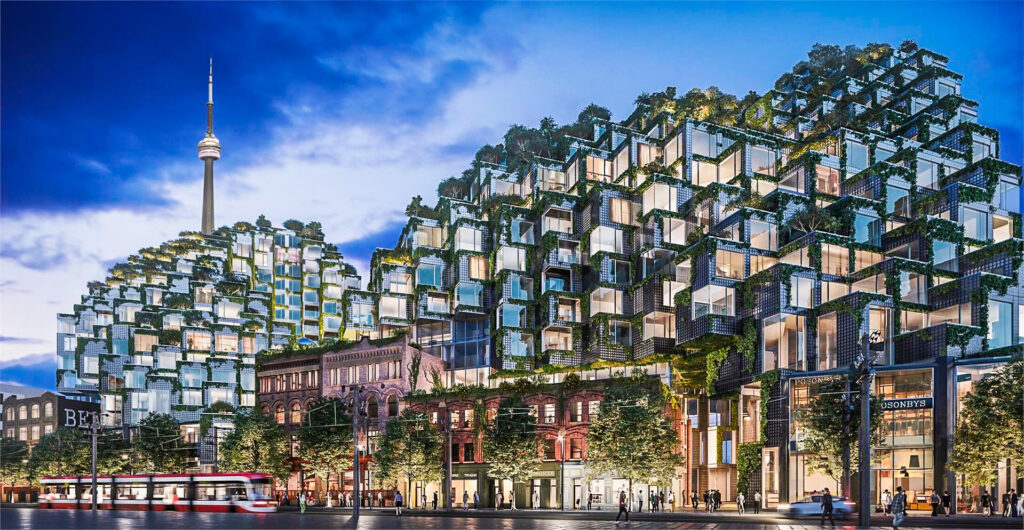London’s property market continues to experience fluctuations in asking prices and discounts, with certain postcode areas displaying more resilience than others. According to the latest data, the average asking price for homes in the capital has increased by 0.4% in the past month. This rise brings the average asking price to £638,683, indicating a positive trend in the real estate sector.
However, not all areas within London have seen the same level of growth in asking prices. In fact, some postcode districts have witnessed a decline in asking prices, with the NW1 area experiencing the most significant drop of 3.6%. This decrease may be attributed to various factors, including changes in market demand, economic conditions, and supply levels.
Despite these fluctuations, certain areas have demonstrated resilience in maintaining stable asking prices. For example, the W12 postcode district has experienced a minimal decrease of 0.1% in asking prices, indicating a relatively stable market in this particular area. Similarly, the SW1V area has seen only a slight decrease of 0.2% in asking prices, further highlighting the resilience of some London postcodes in the face of market fluctuations.
In terms of discounts, the data reveals that sellers in London are offering an average discount of 6.7% on asking prices. This figure represents a slight decrease from the previous month, indicating that sellers may be becoming more confident in their pricing strategies. However, some postcode districts are still seeing higher discount rates, with the NW8 area offering the highest average discount of 9.6%.
On the other hand, certain areas are witnessing lower discount rates, suggesting that demand in these locations remains strong. For instance, the SW3 postcode district has an average discount rate of just 4.3%, indicating that sellers in this area may have more bargaining power due to high demand for properties. Similarly, the N20 area has an average discount rate of 5.2%, further underscoring the competitive nature of the real estate market in certain London postcodes.
Overall, the data paints a mixed picture of the London property market, with some areas experiencing growth in asking prices while others are seeing declines. Despite these fluctuations, the capital continues to attract buyers seeking investment opportunities in one of the world’s most dynamic and diverse cities. As the market continues to evolve, it will be interesting to see how sellers and buyers navigate the changing landscape of London’s real estate sector.






